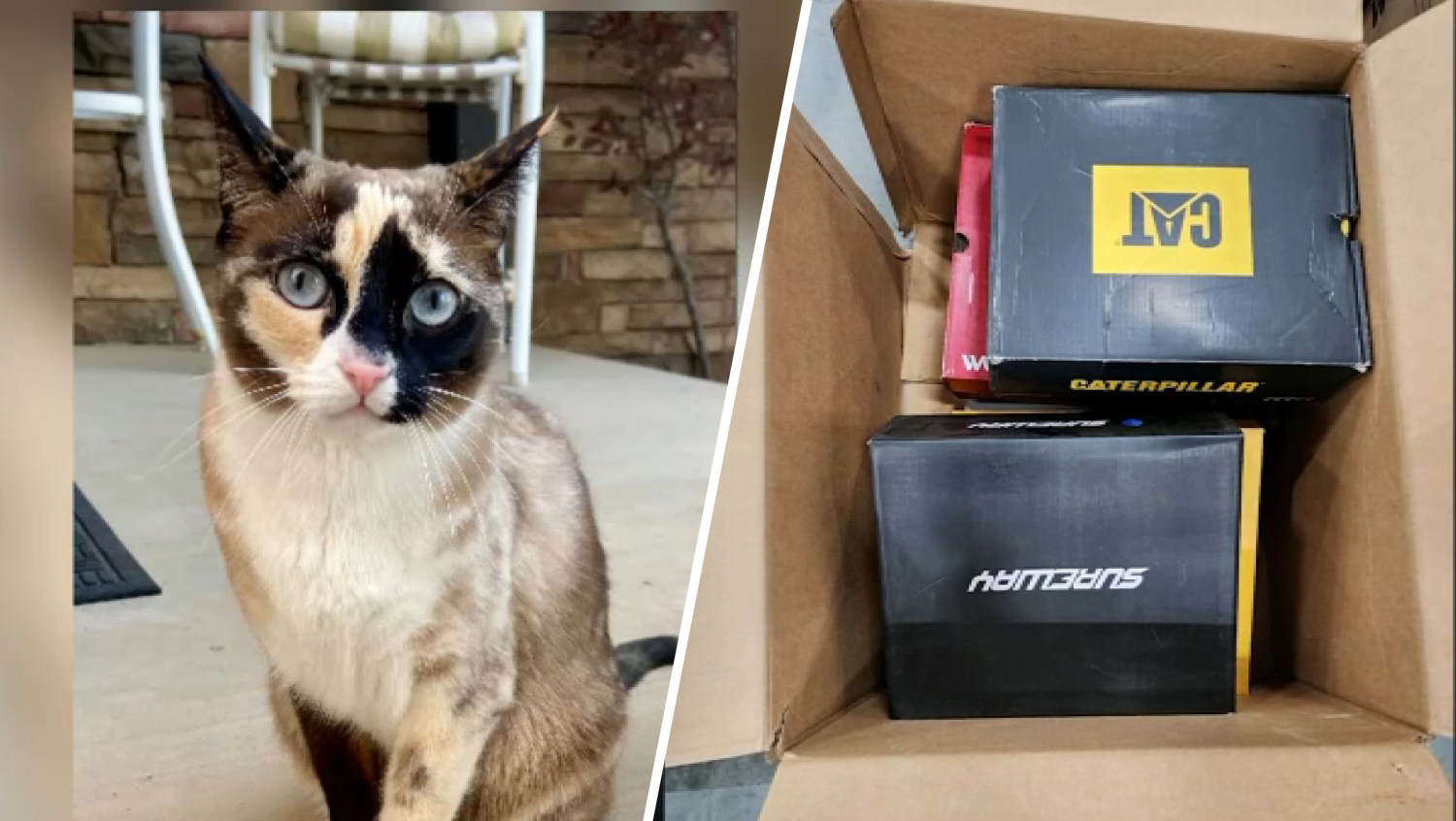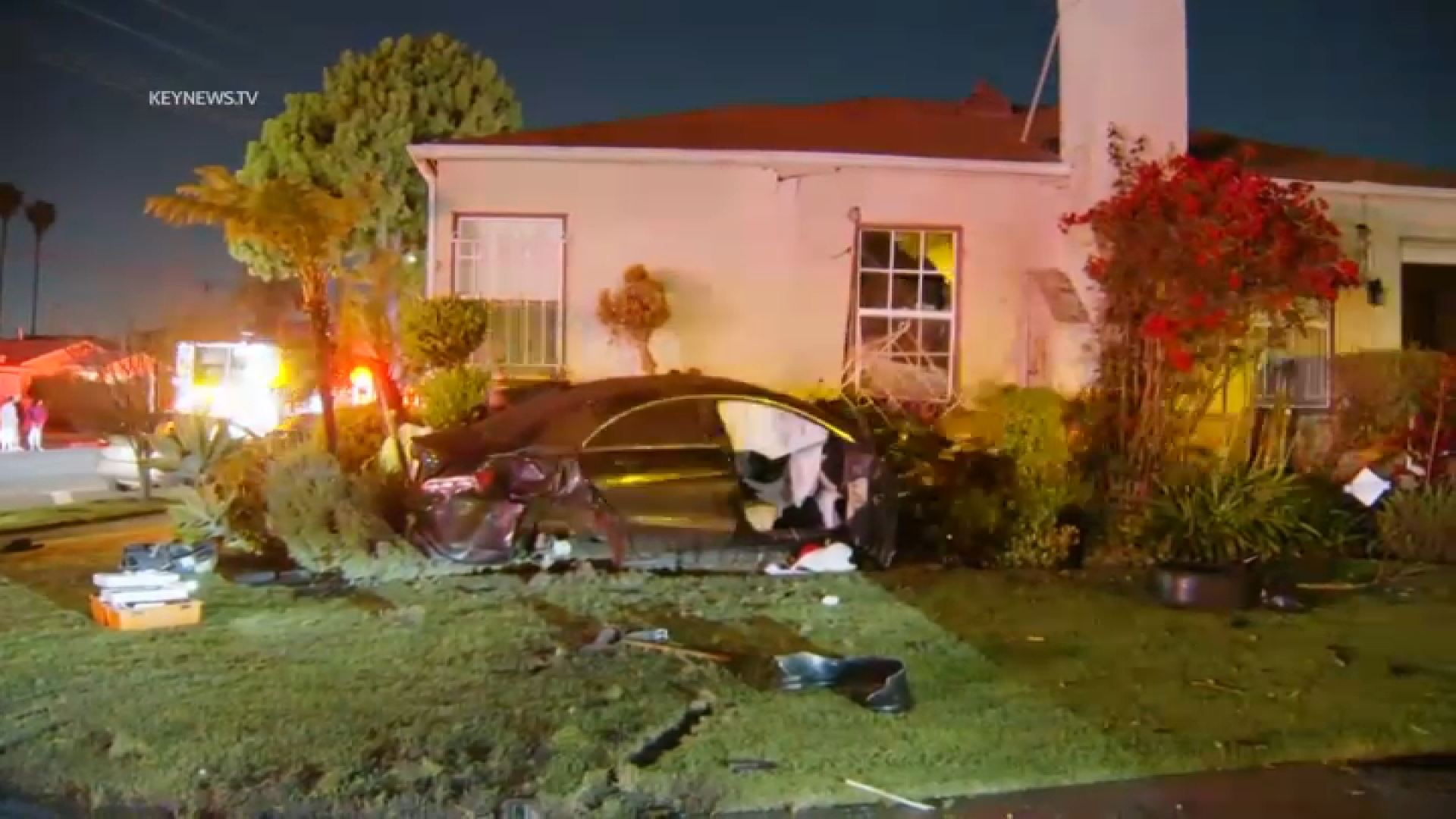A magnitude-5.2 earthquake centered in the desert northeast of San Diego caused shaking early Friday morning across Southern California.
The earthquake occurred at about 1 a.m. northwest of Borrego Springs in San Diego County, according to the USGS. The earthquake was initially reported with a magnitude of 5.1 before it was revised to 5.2, according to the USGS.
[LA GALLERY] What to Keep in an Earthquake Emergency Kit
The 5.2-magnitude quake was followed by a series of smaller aftershocks in Borrego Springs, including a 3.5 magnitude quake at 4:14 a.m., according to the USGS. The jolt triggered a minor rockslide on Montezuma Valley Road, about 14 miles southeast of Borrego Springs, the California Highway Patrol reported.
Borrego Springs is about 150 miles southeast of downtown Los Angeles.
"We get a magnitude 4 or 5 pretty regularly here, " said Caltech seismologist Jennifer Andrews.
There were no reports of injuries or signficant damage in Los Angeles, Orange, and San Diego counties, fire officials said, but the shaking served as a wake-up call for many Southern Californians.
Local
Get Los Angeles's latest local news on crime, entertainment, weather, schools, COVID, cost of living and more. Here's your go-to source for today's LA news.
Around 2:45 a.m., about 3,000 people reported feeling the earthquake, according to the USGS. Residents reported shaking in Los Angeles, Orange, Ventura and San Diego counties, and the Inland Empire.
[NATL] Old Photos Show Earthquake That Shook San Francisco in 1906
"I was just up late checking some emails doing some homework, and then all of a sudden I feel this shake," said San Gabriel resident Roxanne Menchaca.
In Murrieta, about 70 miles north of Borrego Springs, customers and employees at a Denny's shared some tense moments. Jennifer Najera was ringing up a customer at the register when she felt the swaying.
"It felt like forever, but it must have been maybe 10, 15 seconds," said Najera. "I leaned forward, and I thought, 'Wow, that couldn't be me.'"
Joelle Asperas and his grandfather stopped into the restaurant after a hospital visit.
"We were hanging on," said Asperas. "The nurse was trying to put an IV in my grandfather at the same time, while it was shaking."
Among others who felt the quake and reacted on social media was skateboarding legend and Carlsbad resident Tony Hawk.
"Earthquake! It felt like a bus hit our house," Hawk said via Twitter.
There were at least eight aftershocks in the same general area within 3 hours and 10 minutes. The strongest were magnitude-3.5 shakers at 1:06 a.m., 1:33 a.m. and 4.14 a.m. -- all at a depth of slightly more than 6 miles.
The quake was near the San Jacinto Fault, which is historically Southern California's most active fault. Friday's quake was near the locations of a magnitude-6 quake in 1937 and a magnitude-5.3 quake in 1980.
The San Jacinto Fault extends through the desert and the communities of Lytle Creek, San Bernardino, Loma Linda, San Jacinto, Hemet, Anza, Borrego Springs and Ocotillo Wells.
In July 1923, a magnitude-6.3 earthquake rattled the region, damaging chimneys and windows. The San Bernardino County Hospital and the Hall of Records were badly damaged, according to Caltech.
Two people suffered critical injuries, but no fatalities were reported. Shaking was reported as far away as Los Angeles and Santa Barbara.
In March 1937, a magnitude-6 quake reported near the fault was called the Terwilliger Valley Earthquake, which caused similar damage. The 1980 quake caused a landslide that led to a closure on Highway 74 between Spring Crest and Palm Springs.
"We have never seen a San Andreas earthquake triggered by a San Jacinto earthquake," said retired USGS geologist Dr. Lucy Jones in a post on Twitter, referring to the state's most famous fault.



